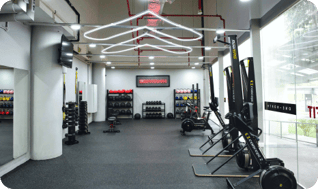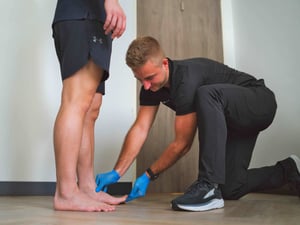
Heel Pain Therapy
Heel Pain Therapy
Take the first step towards pain-free living with our specialised approach.
What is Heel Pain?




What is Heel Pain?
Heel pain is a very common foot problem that causes discomfort or tenderness in the heel. This pain in your foot can make it hard to move around and perform daily activities.
Because the heel takes the full impact of your body weight when you walk or run, it's prone to stress and injury. Common causes of heel pain include conditions like plantar fasciitis and achilles tendinitis.
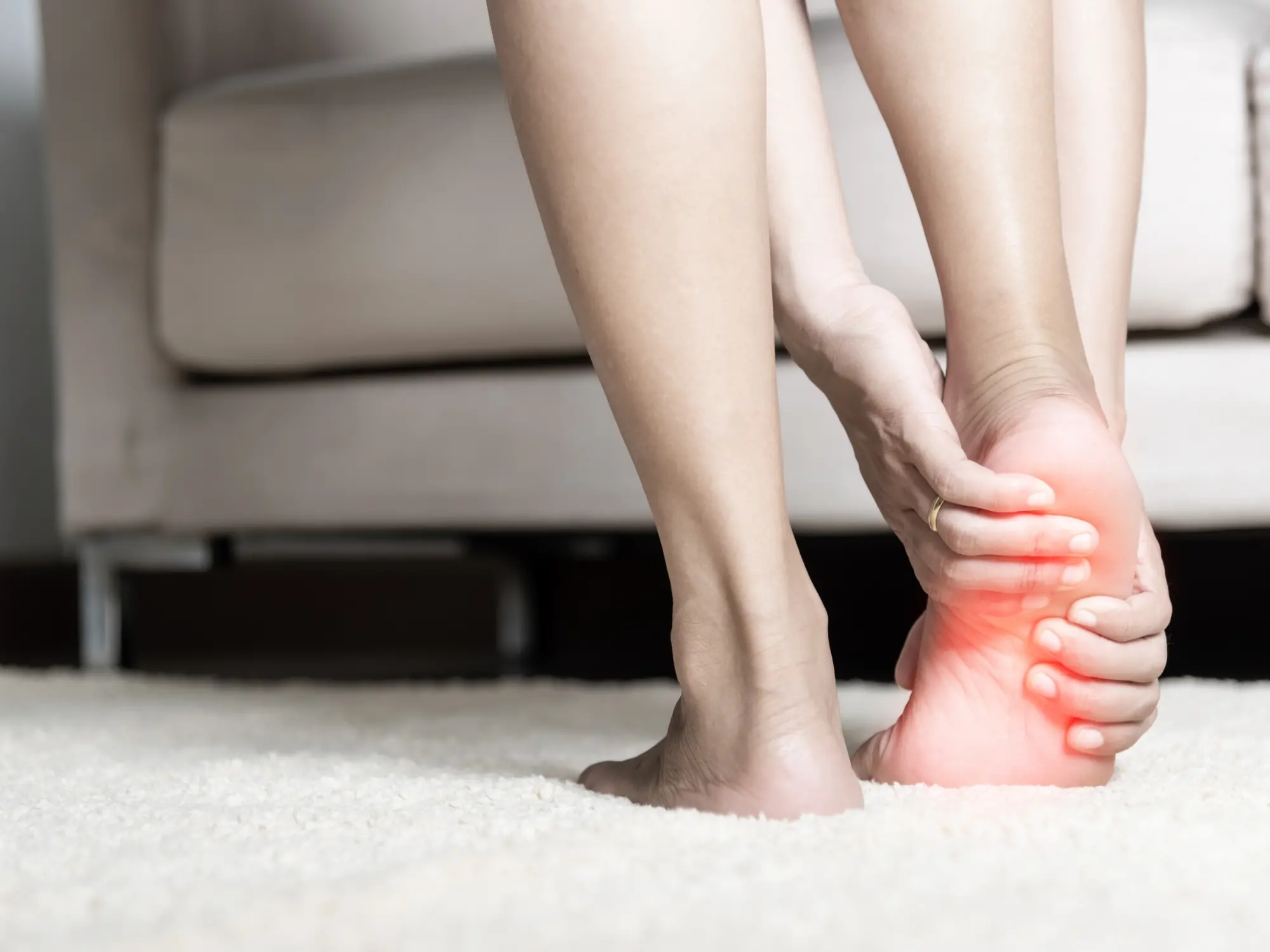
Causes of Heel Pain
Symptoms of Heel Pain
Heel pain may present with the following symptoms:Swelling & Inflammation
Visible swelling or warmth in the heel area.
Morning Stiffness
Stiffness or intense pain in the heel that is most severe in the morning.
Sharp Pain
A sudden, piercing pain in the heel, particularly when standing.
Difficulty Walking
Significant discomfort or pain in the heel that makes walking or standing for long periods difficult.
Numbness or Tingling
A heel spur can sometimes cause a sharp, localised pain on the bottom of the heel.
Numbness or Tingling
A sensation of numbness, tingling, or burning in the heel or radiating into the foot.
Pain Radiating
Discomfort that originates in the heel but spreads to other areas, such as the arch, ankle, or up the leg.
Tenderness When Pressing
Localised pain or soreness upon direct pressure on the heel.
Why Choose UFIT for Heel Pain Therapy?
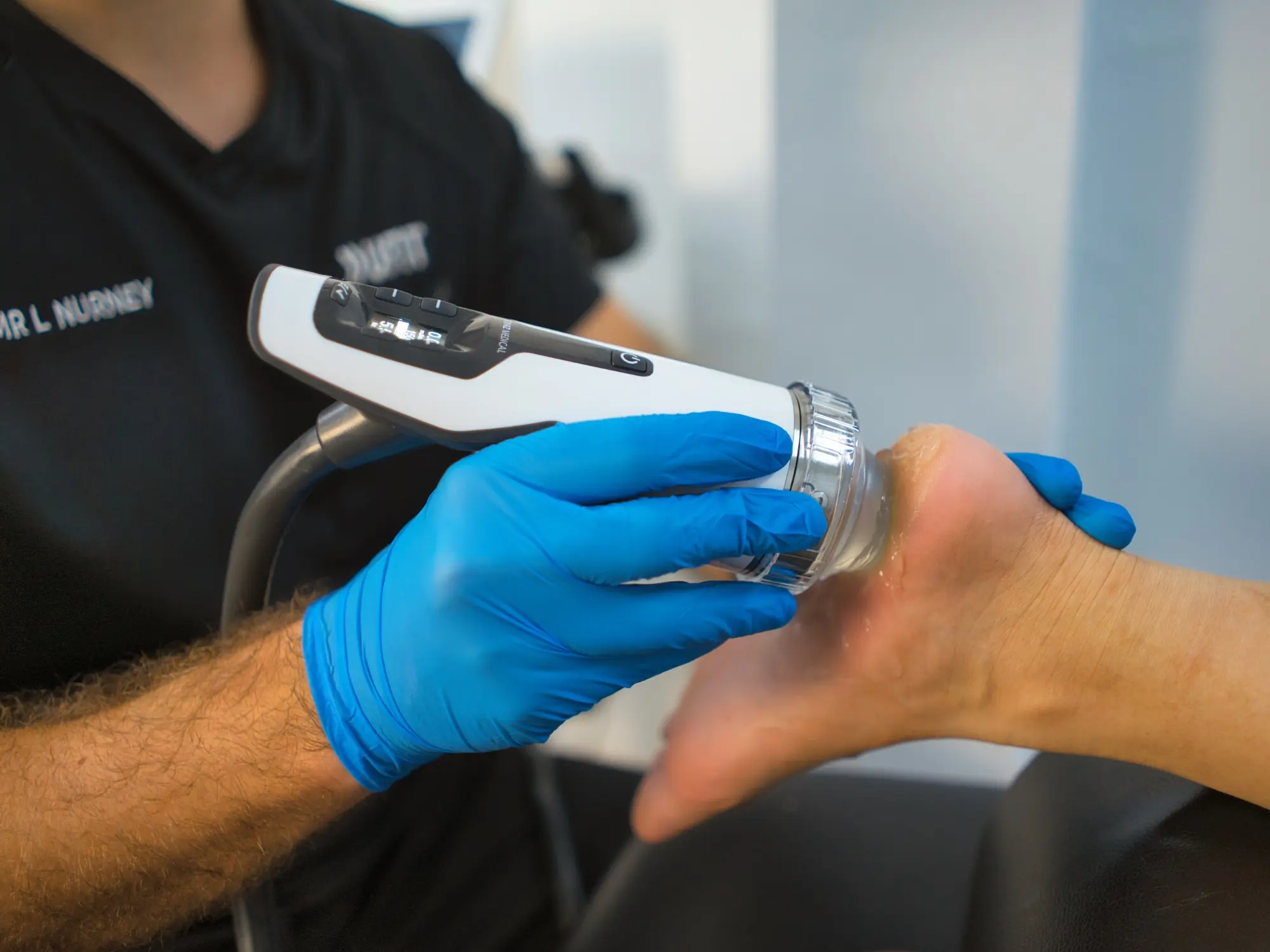
Focused & Radial Shockwave Therapy
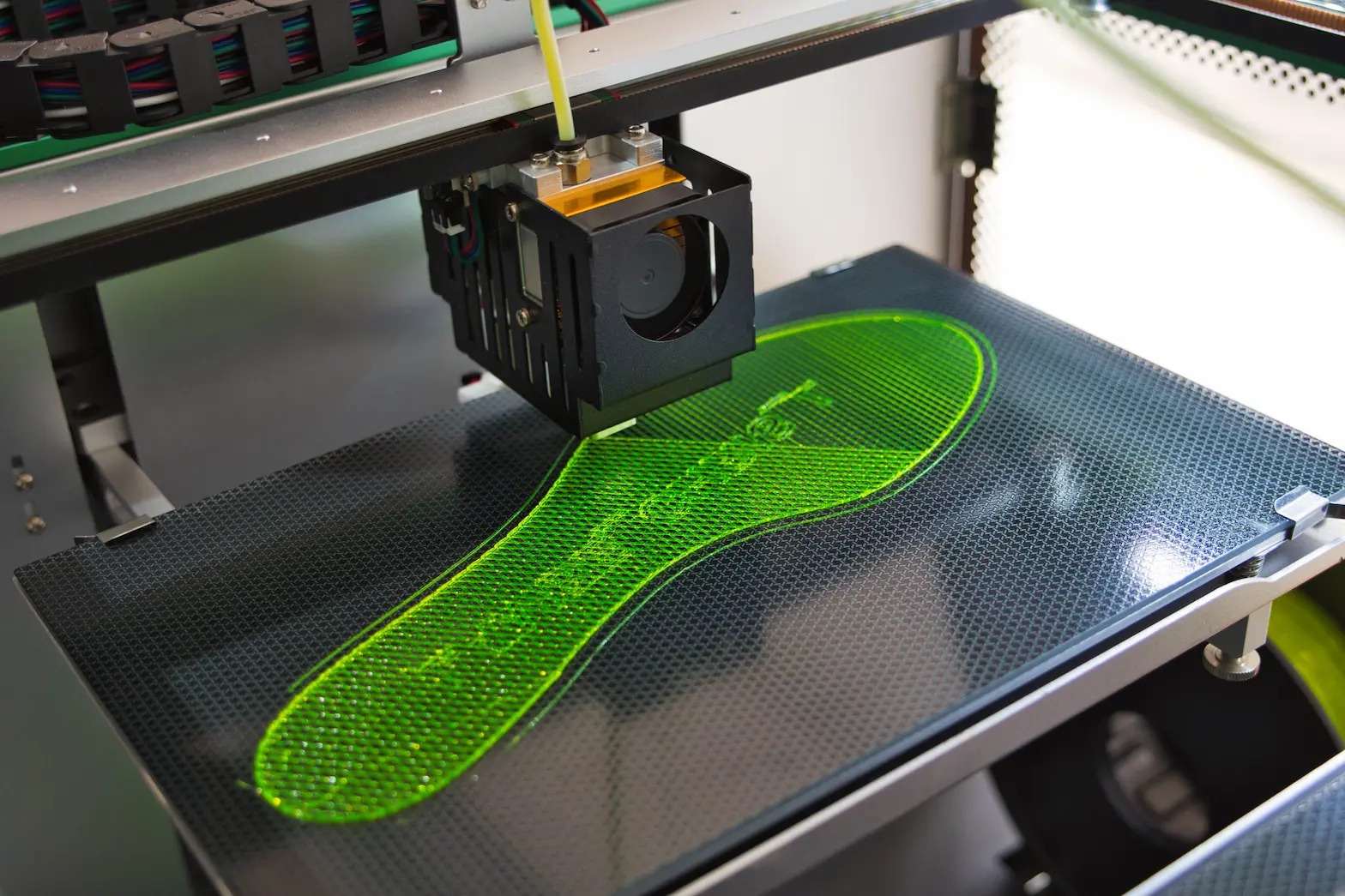
3D Printed Insoles
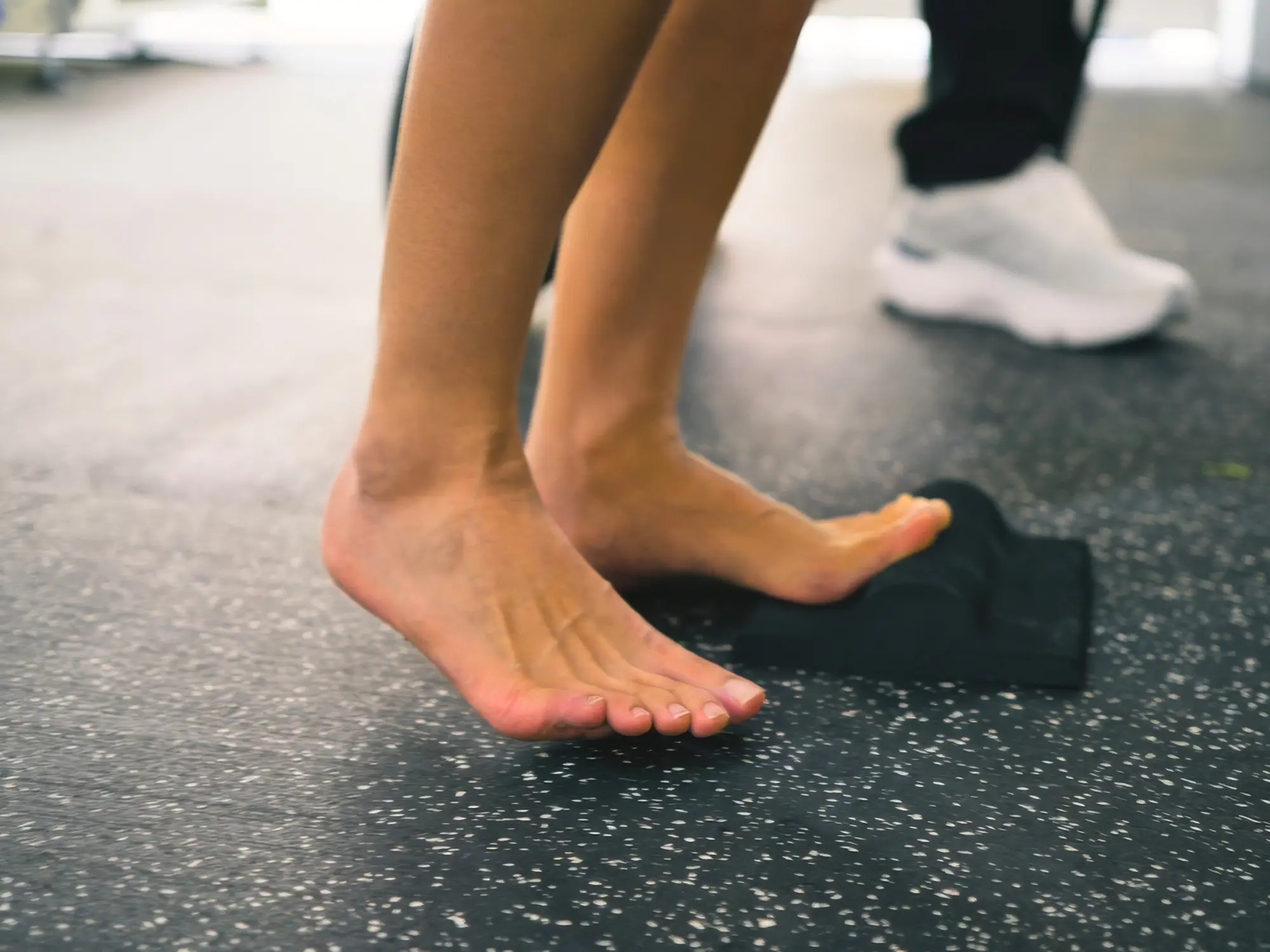
Exercise Prescription
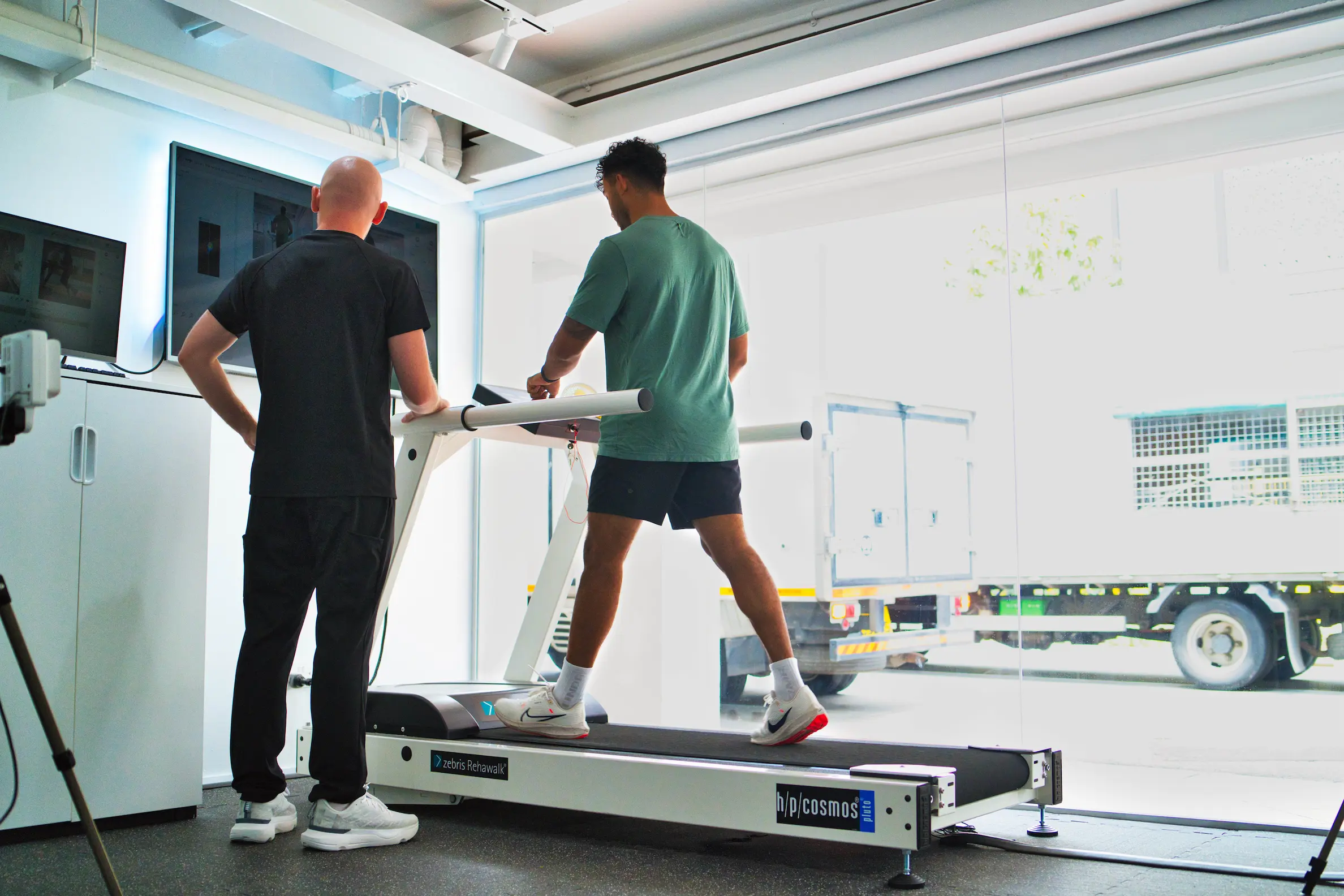
Gait Analysis
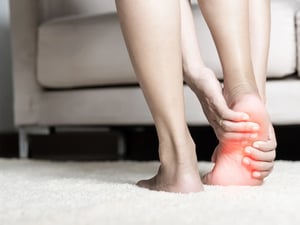

Causes of Heel Pain
High-Impact Activities
The repetitive stress from engaging in sports like running, jumping raises the likelihood of heel pain in Singapore.
Being Overweight
Excess body weight places additional pressure on the heels and the surrounding structures.
Improper Footwear
Wearing ill-fitting or unsupportive shoes is a major contributor to various types of heel pain.
Age
Older adults are more prone to experiencing heel pain, especially when walking or upon waking.
Foot Mechanics
Structural abnormalities in the foot, such as excessively flat feet (overpronation) or rigid high arches (supination), can stress the heels.
Overuse or Repetitive Stress
Even without high-impact sports, daily activities involving sustained standing, walking, or repetitive actions can lead to heel pain over time.
Arthritis
Various forms of arthritis, including osteoarthritis, rheumatoid arthritis, or psoriatic arthritis, can cause inflammation and pain in the heel.
Medical Conditions
Certain systemic medical conditions or underlying issues, including diabetes and gout, can contribute to heel pain.
Symptoms of Heel Pain
Swelling & Inflammation
Visible swelling or warmth in the heel area.
Morning Stiffness
Stiffness or intense pain in the heel that is most severe in the morning.
Sharp Pain
A sudden, piercing pain in the heel, particularly when standing.
Difficulty Walking
Significant discomfort or pain in the heel that makes walking or standing for long periods difficult.
Heel Spurs
A heel spur can sometimes cause a sharp, localised pain on the bottom of the heel.
Numbness or Tingling
A sensation of numbness, tingling, or burning in the heel or radiating into the foot.
Pain Radiating
Discomfort that originates in the heel but spreads to other areas, such as the arch, ankle, or up the leg.
Tenderness When Pressing
Localised pain or soreness upon direct pressure on the heel.
Symptoms of Heel Pain
Heel pain may present with the following symptoms:
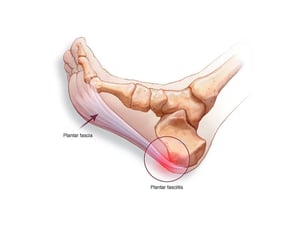
This condition presents as pain and tenderness in the bottom of the heel, especially noticeable in the morning or after periods of rest.

Why Choose UFIT for Heel Pain Therapy?
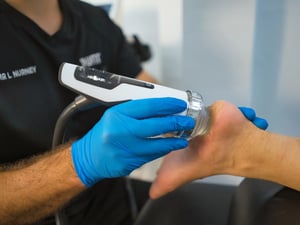
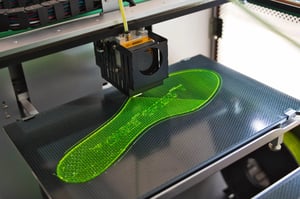
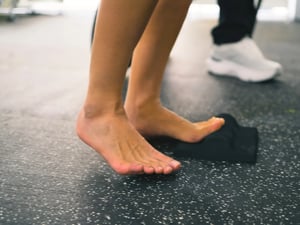
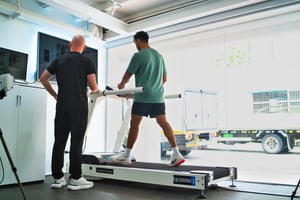
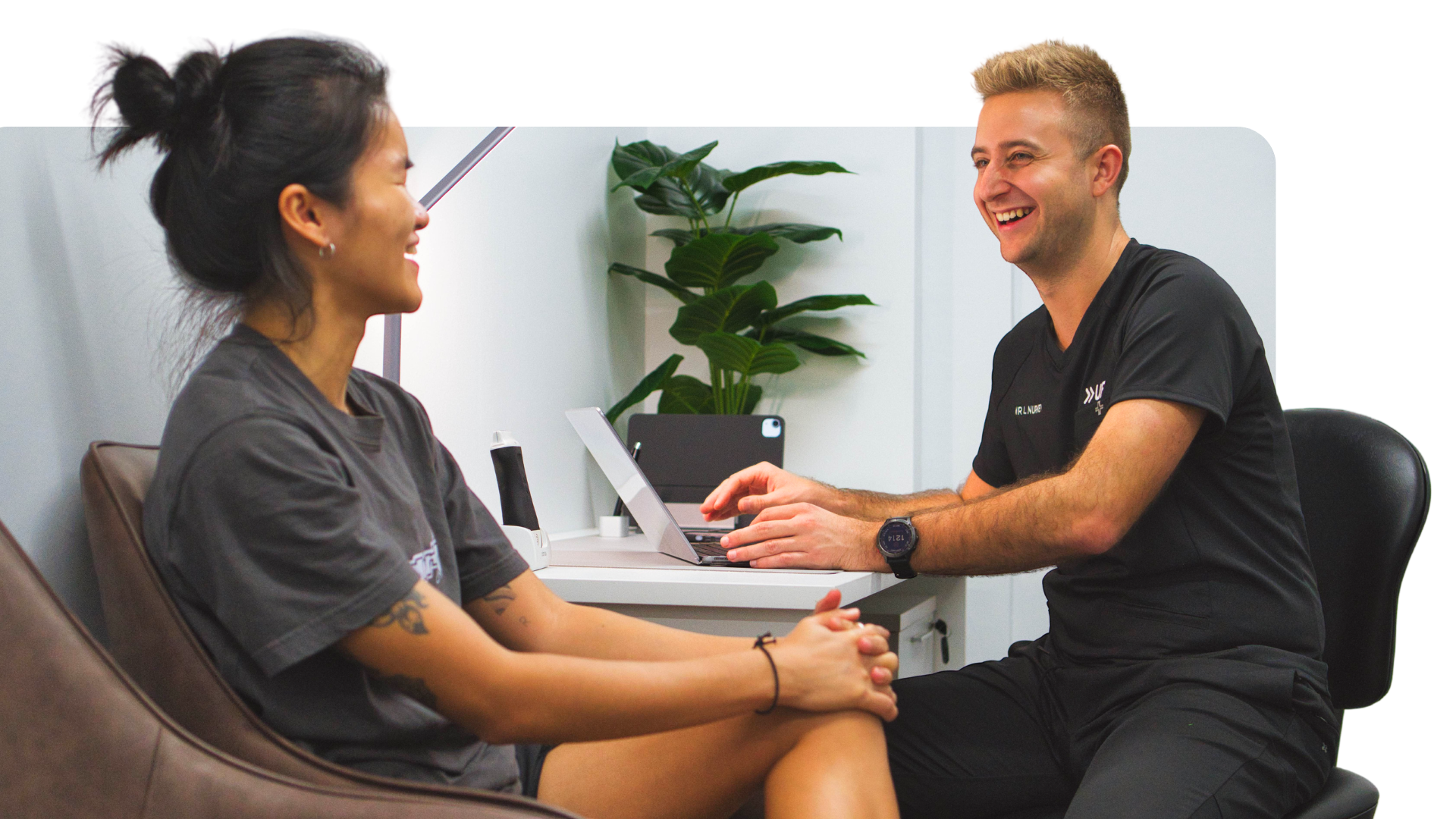
Book online & save $20 off your first consultation
- Personalised, evidence-based care
- Premium, central clinic in the CBD
- Experienced podiatary team
*Terms & Conditions:
- Valid for first time patients who have made prepayment at least 24 hours before the appointment
- Non-cancellable and non-transferable
- Applicable only for initial consultation & can't be used in conjuction with any other offers or promos
Why Choose UFIT’s Podiatry Services?
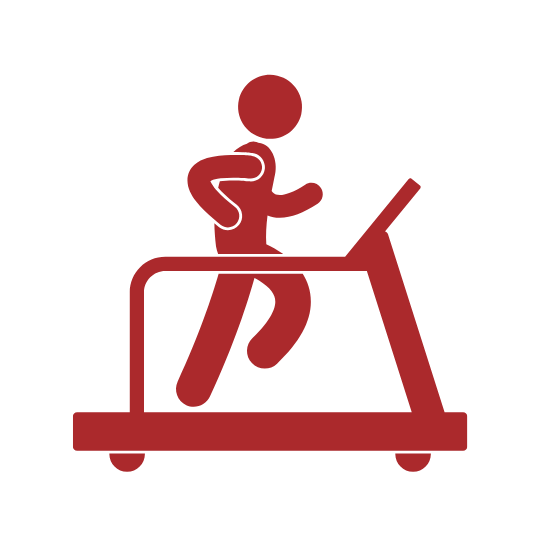
Advanced Technology
As a leading podiatry clinic in Singapore, we stand out by offering advanced gait analysis and in-house 3D-printed insoles, all accompanied by a comprehensive report to provide unparalleled insights into your lower limb biomechanics.
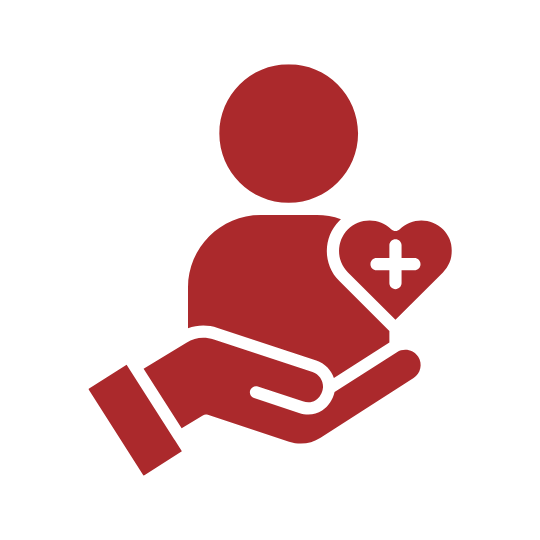
Elite Care for Every Individual
Our podiatry services offer personalised, evidence-based care for a wide range of individuals, including athletes, adults and children. So if you’re experiencing lower limb pain, our expert team can provide comprehensive support to get you back to doing the things you love.

Team of Experts with Optimal Results
We offer more than just solutions for your injury or pain. Through UFIT's integrated Circle of Care, you gain access to our team of expert podiatrists and other healthcare professionals, bringing together a vast range of experience and knowledge to achieve optimal outcomes for your foot and lower limb health.
Heel Pain Management in Singapore & Prevention Tips
Avoid High-Impact Activities
Use of Ice & Elevation
Stretching Exercises
Invest in Supportive Footwear
Custom Orthotics & Insoles
Maintain Healthy Weight
Physical Therapy & Strengthening
Regular Check-Ups with a Podiatrist
Avoid High-Impact Activities
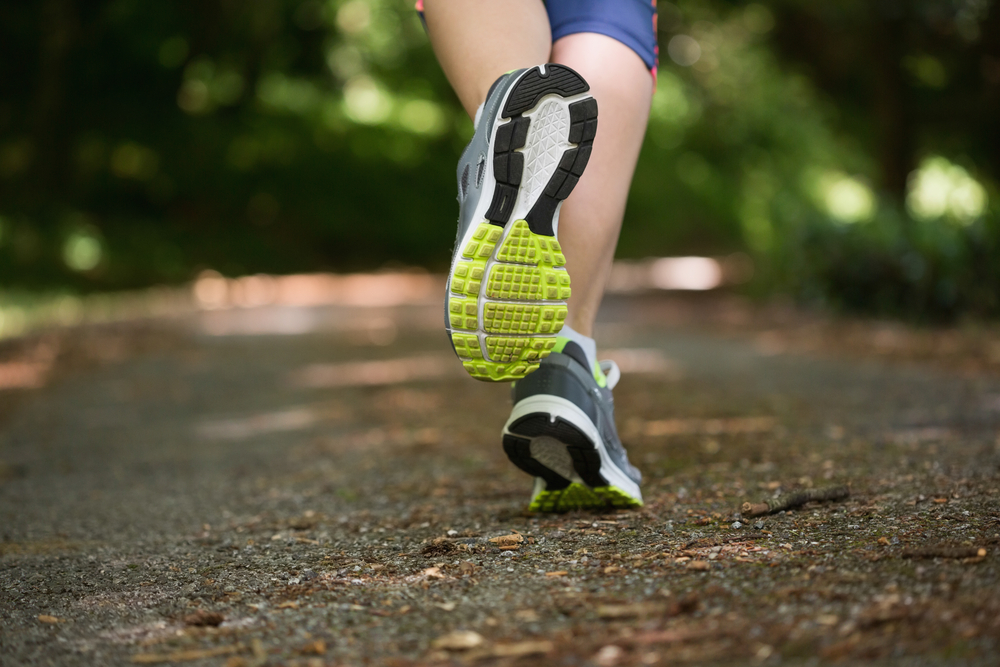
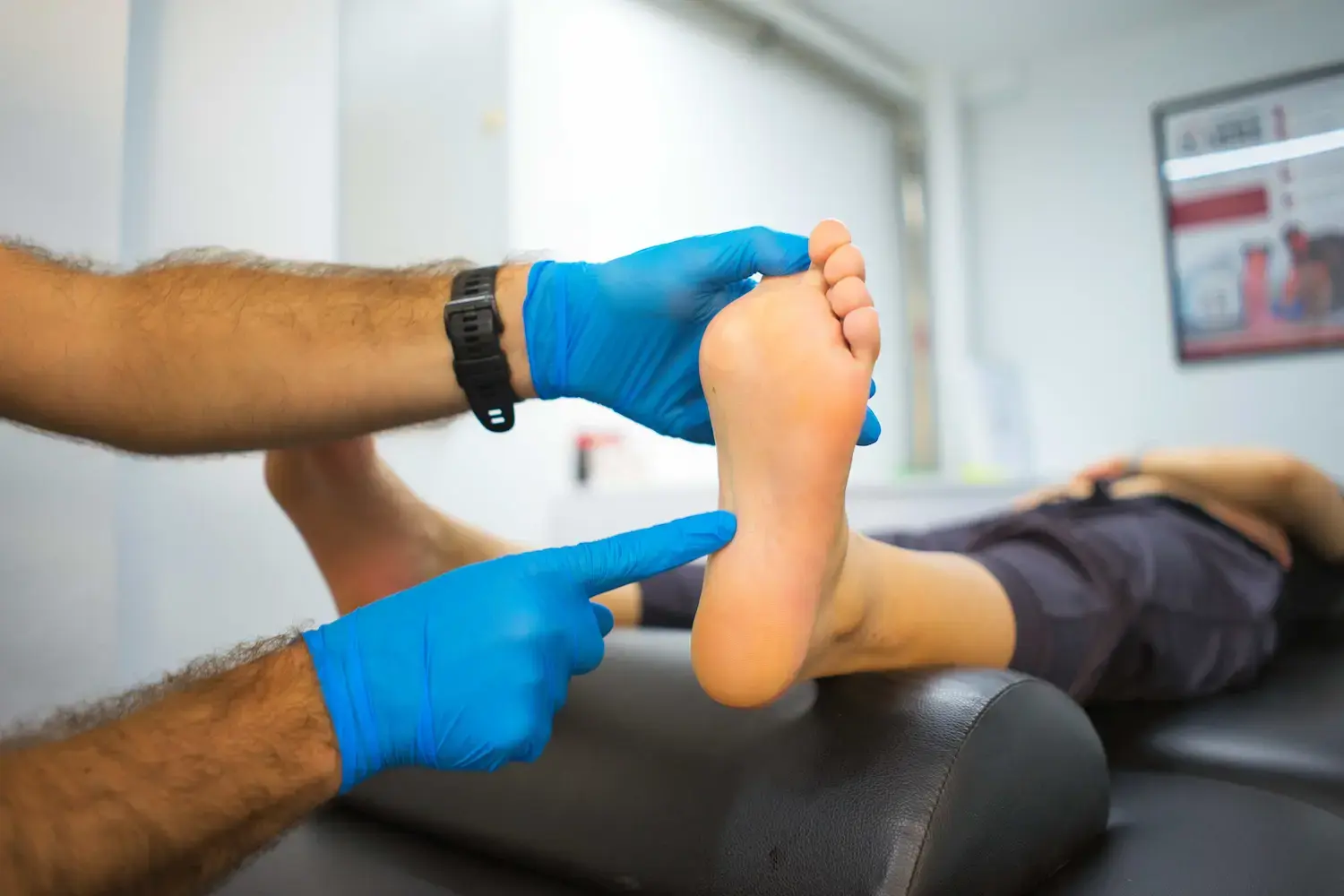
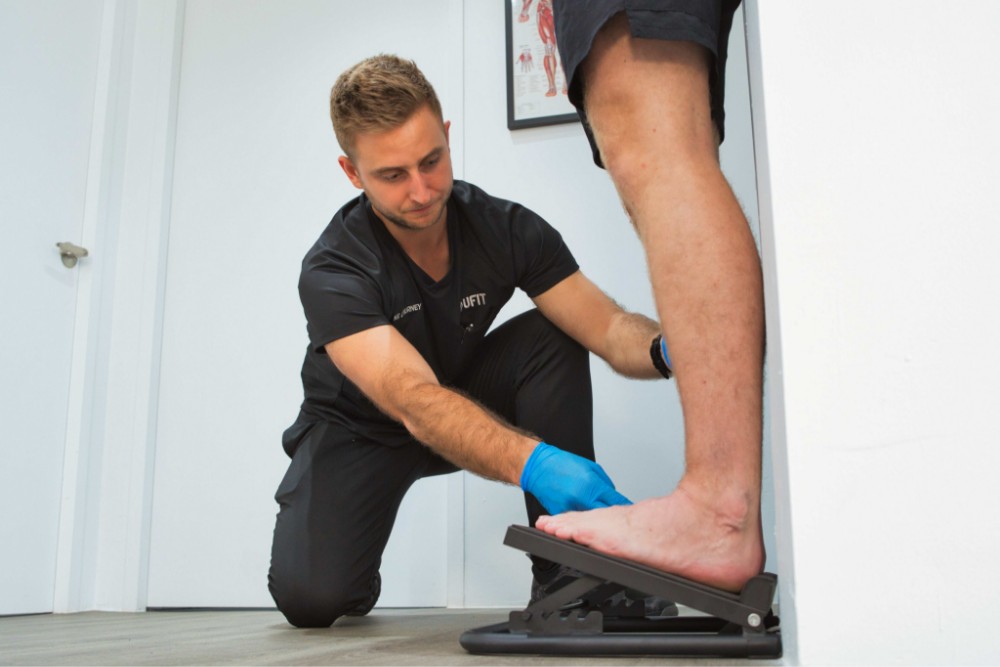
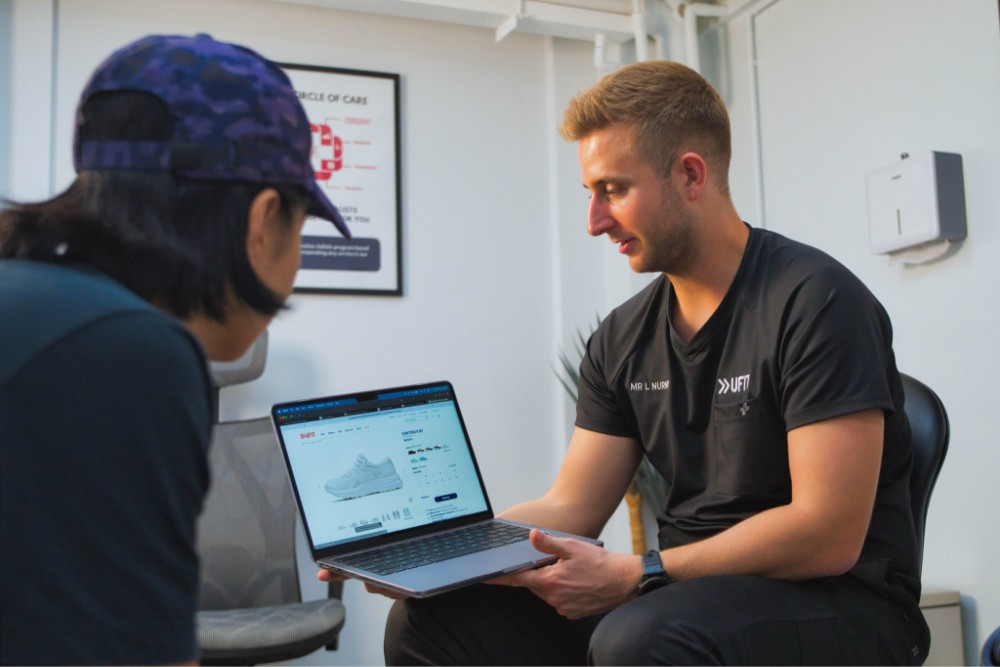
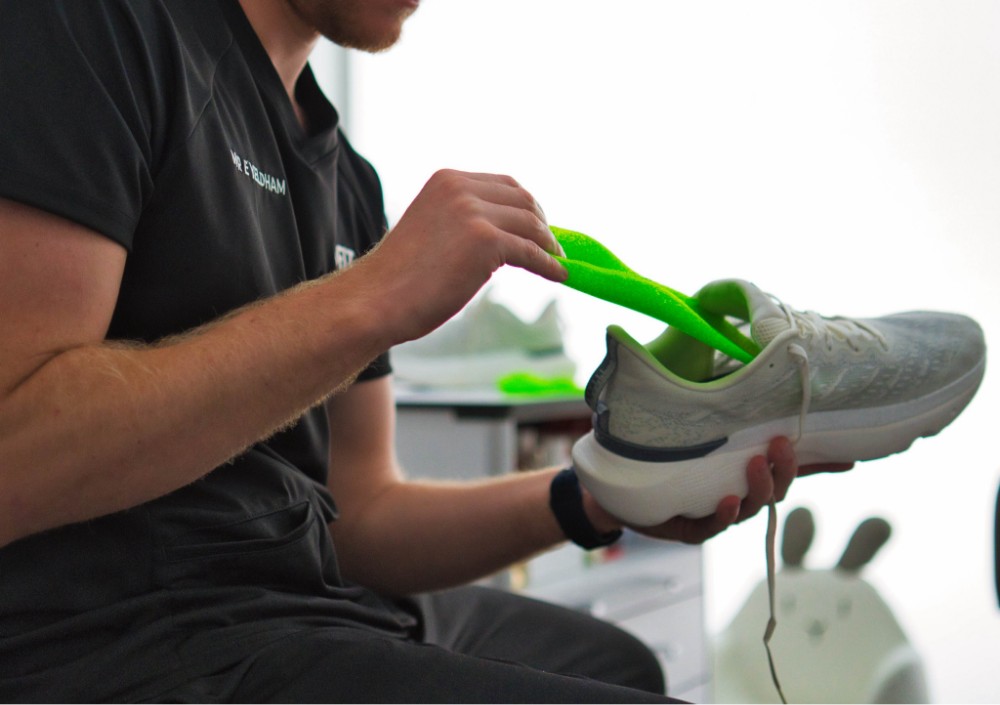
Custom orthotics in Singapore can provide personalised support, cushioning, and pressure redistribution, effectively reducing strain on the heel.
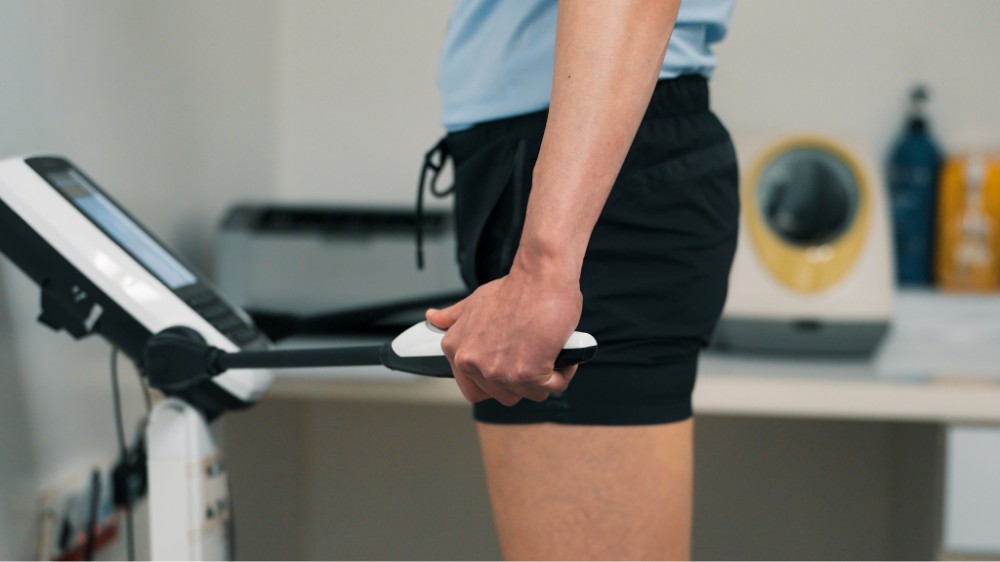
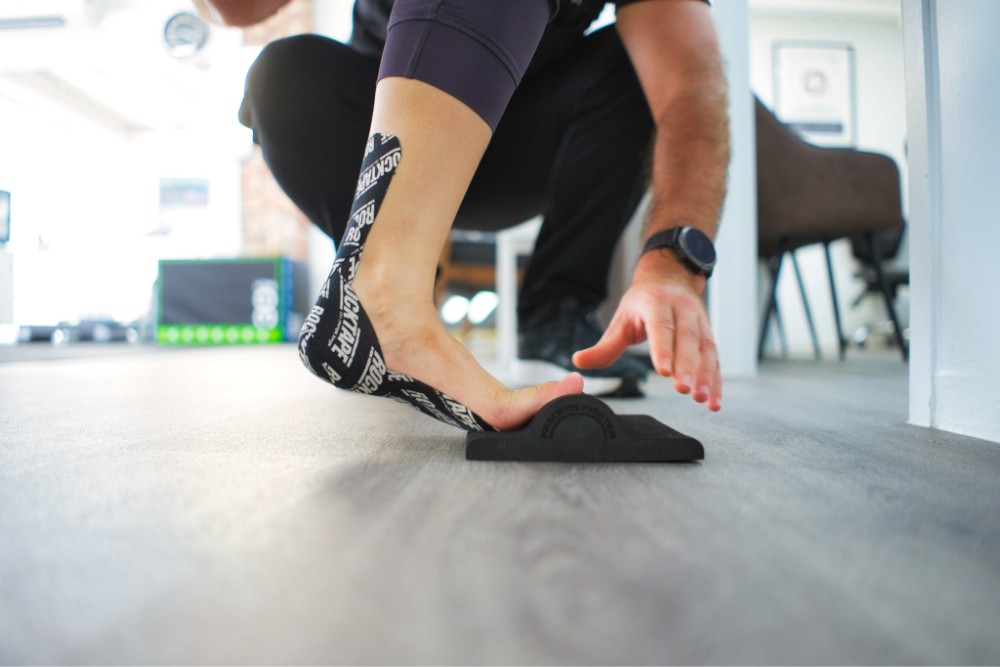
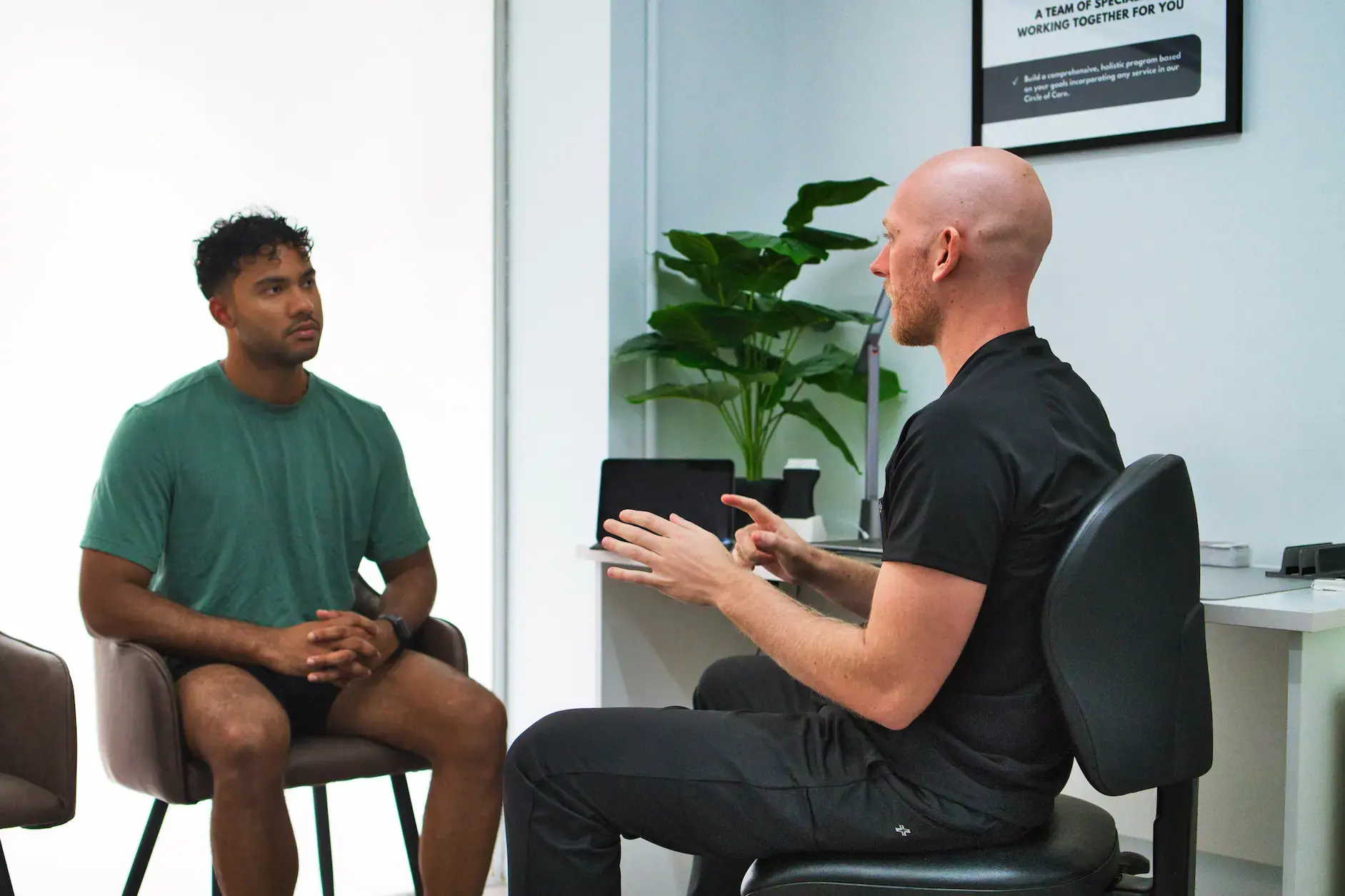
Consistent follow-ups with a podiatry specialist allows for professional assessment of your heel pain, early detection of potential issues, and adjustments to your treatment plan.
Hear from our Clients
⭐⭐⭐⭐⭐
“I recently had an appointment with podiatrist Lewis Nurney at UFIT, and it was a wonderful experience. I’ve been dealing with a long-standing issue, but with Lewis’s expertise, kindness, and patience in listening to my concerns, I’ve finally been able to solve the problem and feel so much better.
The clinic is modern with high-tech equipment, and Lewis explained everything clearly, making me feel confident in the treatment plan. Now I’m feeling ready and prepared for the 10K Standard Chartered Marathon! If you’re looking for expert podiatry care, I highly recommend Lewis and the team at UFIT!”
⭐⭐⭐⭐⭐
“Came back to UFIT today after a year since my last consultation with Lewis Nurney. I was very relieved to know that my Achilles issues can be fixed with Lewis’s great advice. He would show me how to perform rehab exercises that will be able to help me throughout my recovery. I highly recommend UFIT podiatry to anyone in need of advice or help.”
⭐⭐⭐⭐⭐
“I had the pleasure of visiting Dr. Lewis through a recommendation and it turned out to be an excellent one, particularly after experiencing so many already. The thoroughness of his examination and help at each step of the process is beyond impressive. He took the time to listen to all my concerns and thoroughly explained my diagnosis and treatment options.
He made sure that I was well-informed and comfortable with the decisions being made without any pushing. I would highly recommend him for anyone in need of a skilled and caring podiatrist.”
Heel Pain Management in Singapore & Prevention Tips
ALL INDIVIDUALS
ALL INDIVIDUALS
We offer personalized, evidence-based lower limb care for athletes, active individuals, and parents seeking specialized treatment for their children.
We go beyond addressing your injury or pain. Through our Circle of Care, you can access our team of experts with a vast range of specialised experience and knowledge.
What to expect on your first visit
We use cutting-edge diagnostic tools to get real-time insights into your soft tissue, joints and structures to provide a fast and accurate diagnosis.
Post-assessment, you will receive clear and comprehensive reports detailing our findings. This will allow you to make informed decisions on your treatment plan.
Together with you, we formulate a comprehensive and personalised treatment plan that suit your goals and preferences.
Avoid High-Impact Activities
Temporarily reducing or avoiding activities that place significant stress on the heels, such as running or jumping, can help alleviate pain and promote healing.
Use of Ice & Elevation
Applying ice packs to the affected heel for 15-20 minutes several times a day can help reduce inflammation and pain. Elevating the foot can also decrease swelling and discomfort.
Stretching Exercises
Regularly performing specific stretches for the calf muscles and plantar fascia can improve flexibility and reduce tension in the structures supporting the heel.
Invest in Supportive Footwear
Wearing shoes with adequate cushioning, proper arch support, and good shock absorption is crucial for preventing and managing heel pain.
Custom Orthotics & Insoles
Custom orthotics in Singapore can provide personalised support, cushioning, and pressure redistribution, effectively reducing strain on the heel.
Maintain Healthy Weight
Achieving and maintaining a healthy weight can significantly reduce discomfort and reduce the risk of heel pain recurrence.
Physical Therapy & Strengthening
A targeted physical therapy program for heel pain can strengthen the muscles supporting the foot and ankle, improve flexibility, and correct gait imbalances.
Regular Check-Ups with a Podiatrist
Consistent follow-ups with a podiatry specialist allows for professional assessment of your heel pain, early detection of potential issues, and adjustments to your treatment plan.
Meet Our Podiatry Team

Lewis Nurney
Lewis is a highly experienced podiatrist with over 5 years of practice in Singapore, bringing his expertise to UFIT's comprehensive Circle of Care. As Head of Podiatry at UFIT Club Street, he specialises in sports podiatry, innovative orthotics for adults and children (including 3D-printed custom insoles, Paediatric AFOs and SMOs for pediatric flat feet), and minimally invasive procedures.
A first-class honours graduate from the University of Huddersfield (UK), Lewis holds dual certifications in Extracorporeal Shockwave Therapy (ESWT), Diagnostic Ultrasound and Running Gait analysis. Previously with East Coast Podiatry, he now provides patient-centred care at UFIT, specialising in non-surgical management of conditions like Foot Pain, Plantar Fasciitis and Achilles Tendinopathy in both children and adults, ultimately focused on alleviating discomfort and restoring optimal foot function.

Elliot Yeldham
Elliott is a dedicated podiatrist with over 7 years of healthcare experience, gained in both the UK's National Health Service (NHS) and private practice. He holds an Honours degree in Podiatry from Cardiff Metropolitan University (Wales), and brings a wealth of expertise to Singapore.
Specialising in Musculoskeletal (MSK) podiatry, Elliott's interests include sport podiatry and the management of gait abnormalities in both adults and children. He is also recognised for his skill and patient-focused approach in minimally invasive procedures for ingrown toenails and wart removal. Committed to a patient-centred and multidisciplinary model, Elliott actively stays informed of the latest healthcare advancements through clinical research and international conferences.
Book Your Heel Pain Consult Today
Visit Our Podiatry Clinic
21 Club St, #01-01
Singapore 069410
+65 6225 5059
podiatry@ufit.com.sg
View on Google Maps
Trusted by Global & Local Podiatry Associations



Frequently Asked Questions About Heel Pain in Singapore
Yes, both flat feet and high arches can contribute to heel pain. These foot structures can alter weight distribution and biomechanics, placing excessive stress on the heel's soft tissues and bones.
Yes, persistent heel pain can alter your gait and posture, leading to compensatory movements that affect other parts of your body. This can result in discomfort or pain in the ankles, knees, hips, and even the lower back over time.
Podiatry Blog
Check out the podiatry articles on our blog, written by our very own experts!

.png?width=301&height=187&name=Website%20Navigation%20Images%20(3).png)

-1.jpg?width=1984&height=1196&name=UFIT%20Club%20Street%20Front%20(4)-1.jpg)


